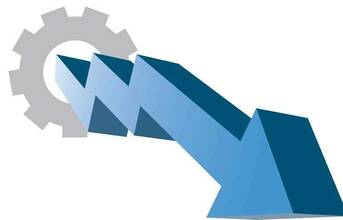
Over 400 industries reduced their emissions by 31 million tonnes of CO2, approximately 2% of annual CO2 emissions, during the first implementation cycle of Perform, Achieve & Trade Scheme (PAT) by the Bureau of Energy Efficiency (BEE) between 2012 and 2015.
The first cycle of PAT implementation (2012-15) covered 478 Designated industries (DCs) from 8 energy-intensive sectors - Aluminium, Cement, Chlor-alkali, Fertilizer, Iron and Steel, Pulp and Paper, Textiles and Thermal power plant. Together, these sectors account for about 33% of India's primary energy consumption. The scheme resulted in saving of energy equivalent to 8.67 million tonnes of oil, exceeding the target of 6.86 million tonnes by about 30 per cent. This also resulted in avoided generation of about 5,635 MW, resulting in monetary savings of Rs. 37,685 crore. At the same time Rs 9,500 crores have been saved due to reduction in energy consumption.
PAT is one of the most important initiatives under the National Mission on Enhanced Energy Efficiency (NMEEE), which is a mission under National Action Plan on Climate Change (NAPCC) in 2012. PAT is a market-based mechanism focused on reducing the specific energy consumption (SEC), i.e. energy used per unit of production, in large energy-intensive industries. The scheme facilitates these large, energy-intensive industries to achieve their legal obligation under the Energy Conservation Act, 2001, while also motivating them with necessary market-based incentives to reduce their SEC and hence surpass their individual energy saving targets.
(Continued on the next page)



























